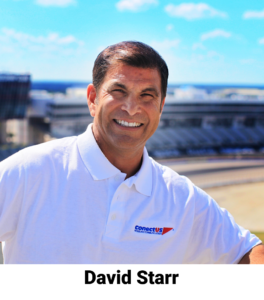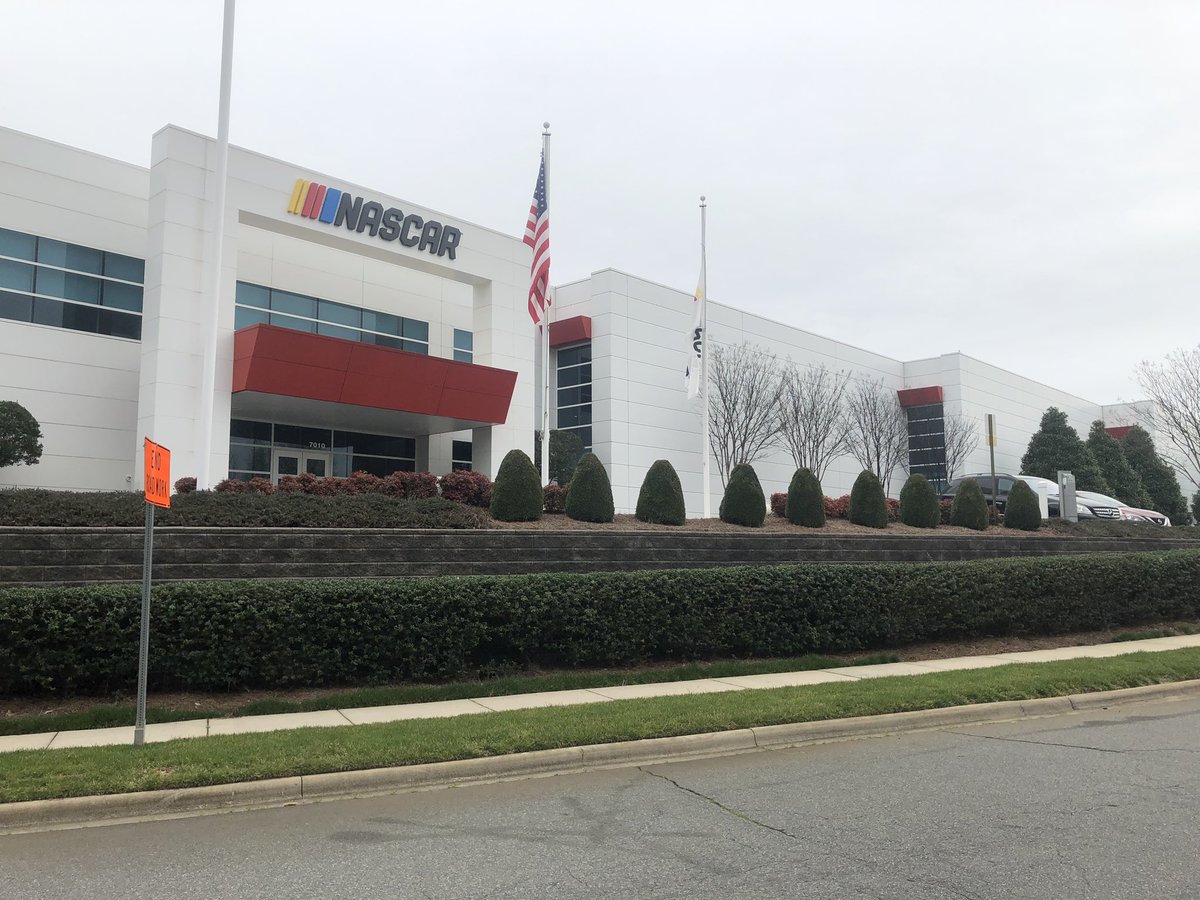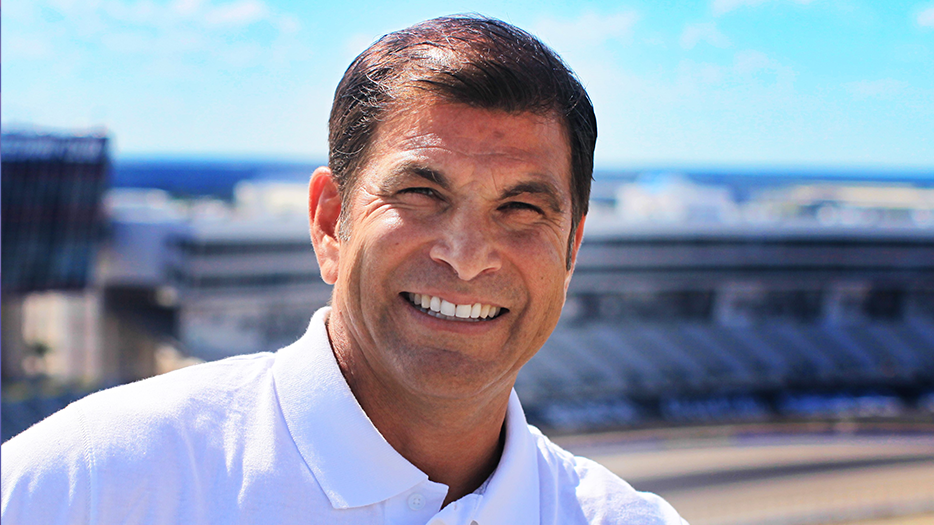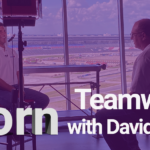
There are many reasons NASCAR is so popular: the speed, the sparks, the occasional crash as cars collide with the walls or with each other. Nevertheless, over my years with NASCAR, I’ve seen a lot of changes to make the sport safer for the drivers.
From the early 90s through 2001, we in NASCAR lost several drivers; culminating in the death of the late, great Dale Earnhardt. As I said to Neil Farquharson during one of our many conversations, “the fans want excitement, but they don’t want to see our drivers lose their lives.” NASCAR felt the same way, and I am glad to share some of the many ways our governing body has made the sport safer – for everyone.
In 2002, the NASCAR Research & Development Center opened in Concord, northeast of Charlotte, NC. Research, both by the center itself and by its sponsorship of other facilities, has led to significant improvements in safety. The most visible change was the introduction of soft walls, more formally referred to as the Steel and Foam Energy Reduction (SAFER) Barrier. You’ll see these soft walls around the inside and outside edges of all NASCAR race tracks.
Also visible to the fans is the increased use of caution flags during races. The yellow caution flag instructs drivers to slow down immediately and maintain their relative positions. The drivers must also yield to all safety vehicles. The cars all have throttle kill switches as well as anti-spill fuel tanks. Our cockpits are roomier compared to the past, providing two advantages: less likelihood of a crash-deformed panel making contact with our body; and more space to escape from a disabled car during an emergency. We also tend to have the driver’s seat closer to the center of the vehicle rather than very close to the driver’s side of the vehicle.
NASCAR tracks have a variety of surfaces and are measured regularly and given a rating in micrometers between the highest peak and the lowest trough. As you know, we have different banking angles on straights and turns, and these differ between racetracks too. As drivers, we learn the handling characteristics of our cars on these different tracks. With spoilers and scoops, our cars are designed to use airflow to push the cars down to increase traction. Cup Series cars are designed to sit very low on the surface. Xfinity cars are specified as being higher. However, my Toyota Supra will squat down about four and a half inches at speed, and this force again helps with road traction. NASCAR also insists on the use of the restrictor plate – this is a device that is placed before the intake manifold to limit the volume of the fuel-air mixture entering the cylinders. This limits the power and therefore the top speed that can be developed by the engine. All of the above features reduce the chances of a race car going airborne during a crash, thus saving lives.
The last safety feature I’d like to highlight today is the HANS device. The Head and Neck Support (HANS) device reduces the likelihood of head and neck injuries during a crash. Developed by Dr. Robert Hubbard of Michigan State University, the HANS is a U-shaped yoke that sits around the back of my neck and on the front of my upper chest. My seat belts pass over it but don’t connect directly to it. What it does connect to directly is the right and left sides of my helmet. This means that in the event of a crash, the helmet is limited in the distance it can travel, thus protecting the driver from a severe neck injury.
I’m very happy with the steps NASCAR’s ruling body has taken to make racing safer. This means that I get to follow my life’s passion, while my family is confident that I’ll always come home safely.
David Starr is a veteran racing driver who participates in several NASCAR series. ConectUS and Kyocera International, Inc. are delighted to be sponsoring David and his car in the NASCAR Cup Series race scheduled for October 17 at Texas Motor Speedway. The race is due to be broadcast live on NBC.
Are you interested in selling Verizon Wireless services? Call us at (855) SELL-VZW or fill out the form below. We look forward to talking to you soon!



